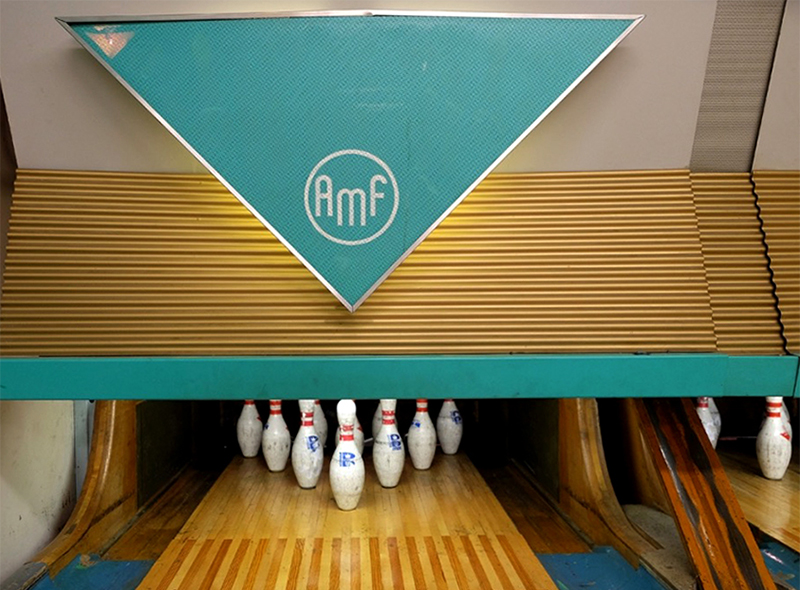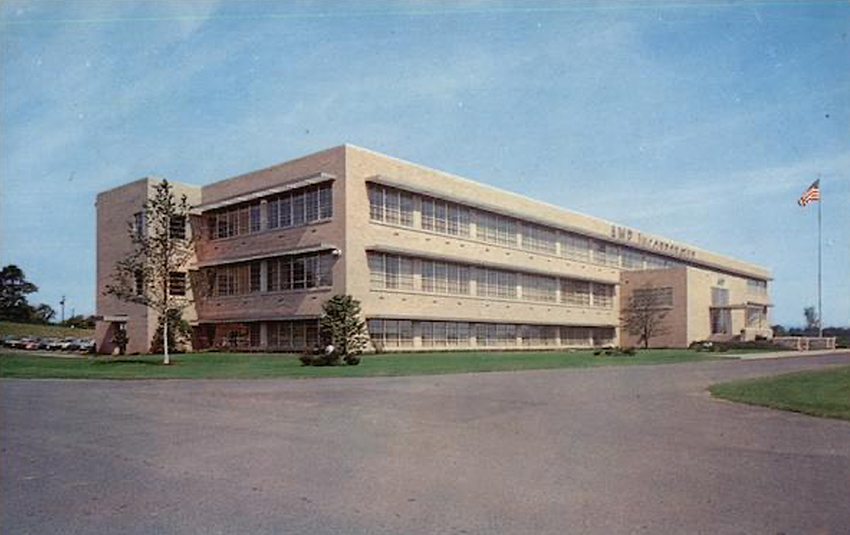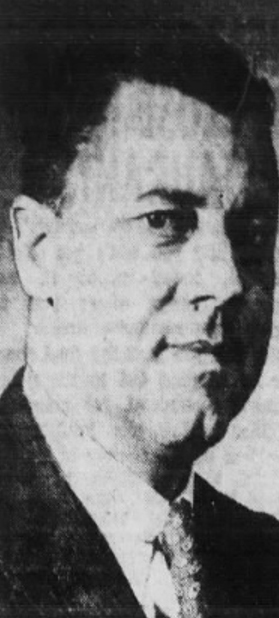A long career in manufacturing, from bowling pinsetters to coaxial cables.
George A. Ingalls (1898-1972)
Ann C. Kane Ingalls (1905-1994)
George A. Ingalls was vice president of American Machine & Foundry Company (AMF) when it transformed the bowling industry in the early 1950s and made it America’s most popular competitive indoor sport.
Bowling alleys equipped with AMF Pinspotters proudly displayed the company logo; behind the scenes on every lane was a maze of gears, switches, and belts. After every roll, the Pinspotters went to work, sweeping away toppled pins and replacing those that remained upright, then magically returning the balls. It’s hard to imagine a time when “pinboys” did this work.
AMF was founded in 1900 by Rufus L. Patterson, who also invented the first automatic cigarette vending machine. George joined AMF in 1919, after graduating from Pace Institute, and worked there for nearly 40 years, first as an accountant, then controller, and vice president and director from 1951 to 1957. Besides pinsetters, AMF engineered and produced bicycles, tennis racquets, and pretzel twisters in addition to electrical relays and even research reactors for the U.S. “Atoms for Peace” program.
After World War II, it made low-dose irradiation equipment and became a major force in the U.S. military-industrial complex. During George’s last four years with AMF, the company’s headquarters was on Madison Avenue, and the AMF logo appeared amid the Manhattan skyline.

George’s wife was the former Ann Kane, a daughter of policeman Thomas Kane and his wife, Sarah, both Irish immigrants. Ann grew up in Brooklyn and worked as a stenographer before she married George. They had two sons, George and Brian, and a daughter, Andrea.
In 1957, George joined AMP Inc. and its subsidiary, Pamcor Inc., as executive vice president. AMP manufactured electric wire terminals and connectors in Harrisburg, Pennsylvania. Its founder, Uncas A. Whitaker, had been a senior engineer for AMF.
AMP originally was called Aircraft-Marine Products and specialized in electrical connections for aircraft and boat manufacturers. It thrived during World War II and moved to Harrisburg in 1943. In the 1950s, the company introduced connectors for pin and sockets, coaxial cables, and printed circuits. It added subsidiaries in Australia, Britain, Japan, Mexico, and elsewhere. When it went public in 1956, the name was shortened to AMP. George became AMP’s president in 1961—replacing Whitaker, who remained chairman—and vice chairman in 1965.

George and Ann lived in Brookville, Long Island. He retired in 1971 and died on August 1, 1972. Ann moved to Pompano Beach, Florida, in 1974; she died in December 1994.
His unrestricted fund in The Trust has supported Black history on Staten Island, after-school programs in Black churches, a youth credit union, savings accounts for low-income people in the Mount Hope section of Manhattan, and advocacy for improvements to the city’s mass transit system.
Organizations funded include the New York Taxi Workers Alliance, Brooklyn Greenway Initiative, Fifth Avenue Committee, the Center for Court Innovation, Vera Institute of Justice, the New York Immigration Coalition, and the Hispanic Federation.
